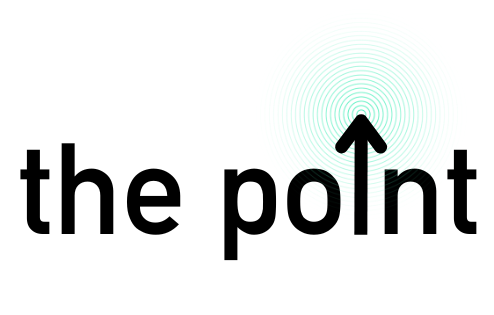how do you feed your future?
Good Words: “Vision without execution is hallucination.”
It was tiring consuming the same content from the entrepreneurial algorithm that said things like “you just have to do the work” or “focus on your vision.”
At a certain point, I had to ask:
- What does a legit vision look like?
- …and what do I need to do to get there?
Here’s what finally gave me clarity:
- Work Backwards
- Identify Constants
- Chew Your Food
Work Backwards
It would be dumb to attempt benching 315 lbs if you haven’t even hit 135 yet, right? Uh … yeah.
Carving out your future is no different. Realizing a vision is a skill you develop through reps. If you’re setting goals far into the future, test whether you’ve built the muscle first.
Quick sanity test: does your life look anything like the one you “called your shot” on five years ago? (Can you even remember what you wanted five years ago?)
If not, let’s lower the weight and guess what your business will look like in three months. That’s it — three months. 90 days.
→ Where could you be in three months if you grew 10 – 15 % each month?
(BTW, that’s not a trick question … you’d be roughly 30 – 45 % better off. Not too bad, right?)
Identify Constants
With so many things that could go wrong, it’s smarter to place bets on what you can count on.
When Jeff Bezos started Amazon, he made three relatively safe assumptions:
- Lower prices
- Faster delivery
- Greater selection
No market-cap forecasts. No valuation projections. No employee-head-count charts. Just big, simple bets customers would always care about.
→ What three constants can you assume your customer will still want long after you’re gone?
Chew Your Food
Zig Ziglar’s old line still rings true: “How do you eat an elephant? One bite at a time.”
Your business is just a system: Inputs → Process → Output → Feedback.
Your outputs won’t change no matter how many times you look at them, measure them, or complain about them … unless you do something different to your inputs.
The daily activities are the only things that make the machine work. In the beginning that means experiments; once you know what works, it means maxing it out — daily.
→ What do you need to do every day?
To tie everything together:
- What will your business look like in three months after 30 – 45 % growth?
- What three safe assumptions can you make about your customer?
- What daily inputs keep the machine running?
…and if you want a surefire way to feed that future, head over to readar.ai to find the right book to read next.
Keep seeking,
Michael
readar.ai
